Deck & Commander Strategies
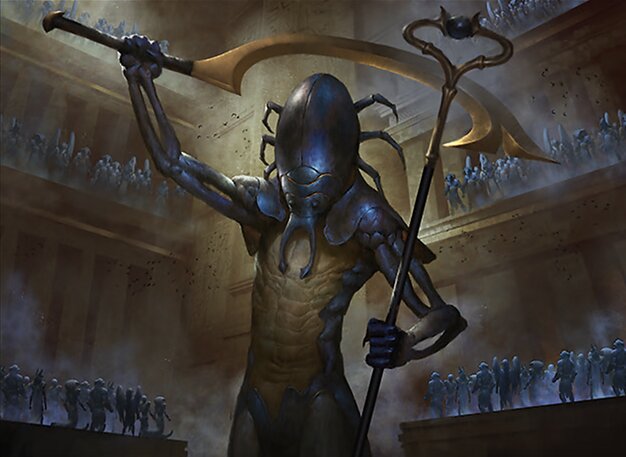
The Scarab God
Control the board by repeatedly reanimating zombies from any graveyard as bigger threats, ensuring resilience and overwhelming opponents with superior board presence.
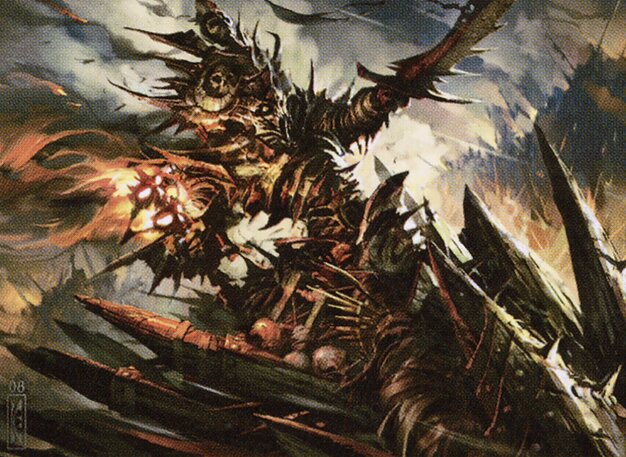
Thraximundar
Aggressively attack to force opponents to sacrifice creatures while maintaining a strong board presence, leveraging his assassin abilities to disrupt and eliminate threats.

Varina, Lich Queen
Fill the graveyard with zombies through discard and reanimate them en masse to flood the board and maintain constant pressure on opponents.
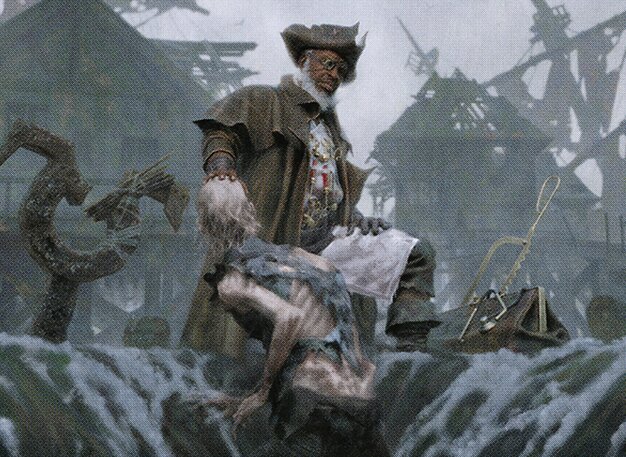
Jadar, Ghoulcaller of Nephalia
Generate zombie tokens and sacrifice them for value, enabling continuous resource gain and synergistic plays to outpace opponents.
Gameplay Insights
- 1
The Scarab God’s ability to reanimate zombies as bigger threats effectively doubled his board presence, creating a significant tempo advantage.
- 2
Thraximundar’s forced sacrifices on attack slowed down opponents’ board development, making his aggressive playstyle a constant threat.
- 3
Varina’s graveyard-filling and mass reanimation synergy created recurring waves of zombies, allowing her to recover quickly from board wipes.
- 4
Jadar’s token generation combined with sacrifice outlets provided steady value and card advantage, enabling sustained pressure throughout the game.
- 5
The use of counterspells like Mana Drain early on shaped the pace of the game, protecting key zombie synergies and disrupting opponents’ plays.
Notable Cards
-
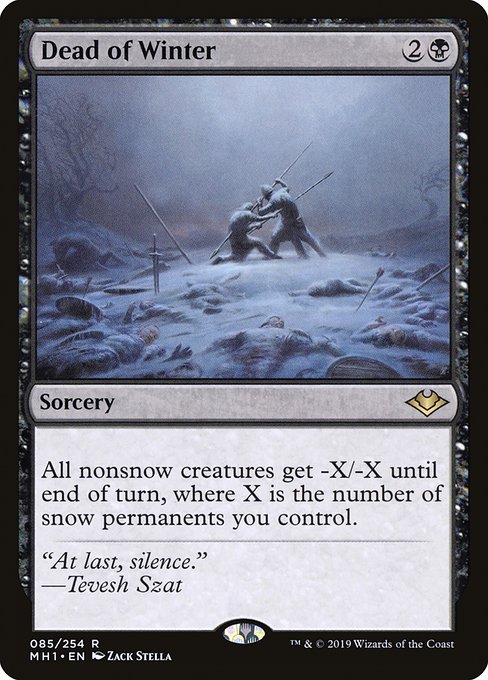
Dead of Winter
-

Mana Drain
-

Path of Ancestry
-
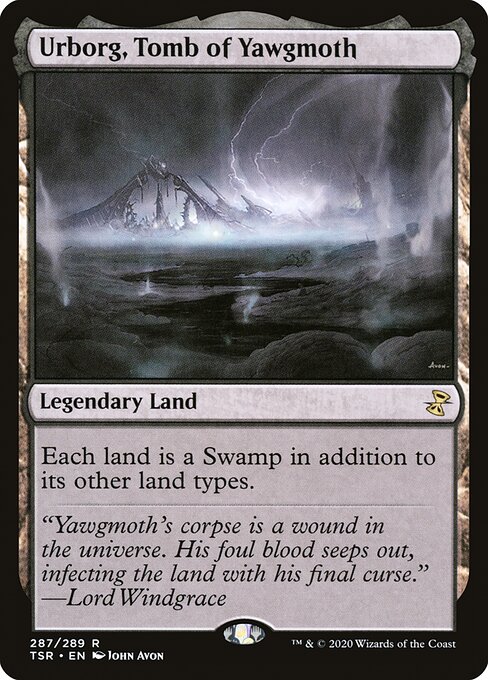
Urborg, Tomb of Yawgmoth
-
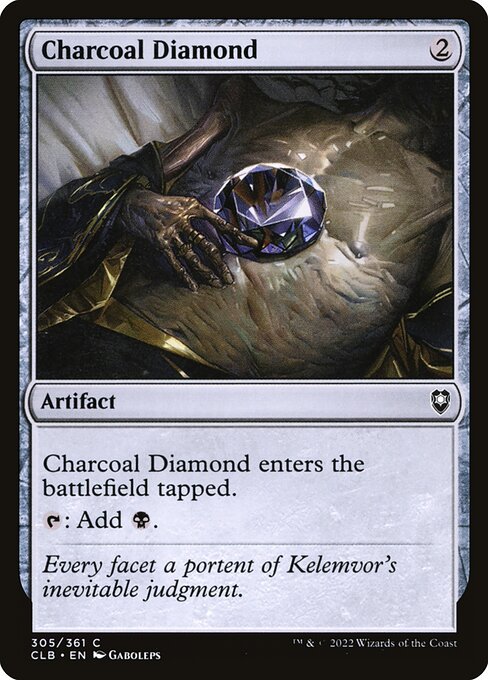
Charcoal Diamond
Gameplay Summary
The game featured a four-player free-for-all with all players piloting zombie-themed decks led by The Scarab God, Thraximundar, Varina, Lich Queen, and Jadar, Ghoulcaller of Nephalia.
Early turns focused on setting up mana bases and deploying early zombies or support spells to begin populating the board and graveyards.
Thraximundar's player aimed to leverage his ability to force sacrifices on attack, applying pressure by making opponents lose creatures while maintaining board presence.
Varina’s strategy revolved around filling her graveyard with zombies through discard and then mass reanimating them to overwhelm opponents, capitalizing on her strong graveyard synergy.
Jadar's deck centered on generating zombie tokens and sacrificing them for value, creating incremental advantage through continuous zombie production and resource recycling.
The Scarab God stood out with his ability to repeatedly reanimate zombies from any graveyard as larger threats, maintaining board control and resilience against board wipes or removal. A critical turning point emerged when The Scarab God utilized his reanimation ability to double zombies on the battlefield, significantly increasing board presence and threatening to swing the game in his favor.
Thraximundar’s aggressive attacks forced sacrifices that hindered the other players' board development, while Varina kept replenishing her forces from the graveyard, creating a dynamic back-and-forth of board control.
Jadar’s sacrifice synergies allowed him to maintain card advantage and pressure through continuous value engines.
The game escalated into a zombie-filled battlefield where strategic removal, reanimation, and token generation dictated tempo.
Ultimately, the interplay of reanimation and sacrifice mechanics was pivotal, with the Scarab God's consistent threat generation positioning him strongly as the game progressed.
















![Commander VS S14E8: Varina vs Damia vs Mina and Denn vs Varchild [EDH] thumbnail](https://i.ytimg.com/vi/JdFaJi1vTn8/sddefault.jpg)
























